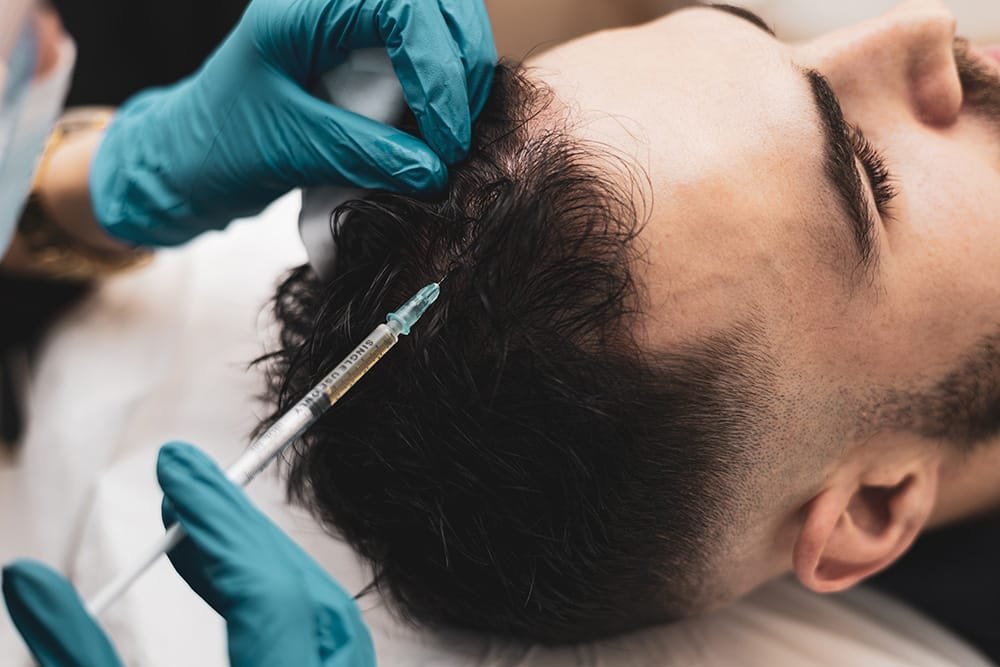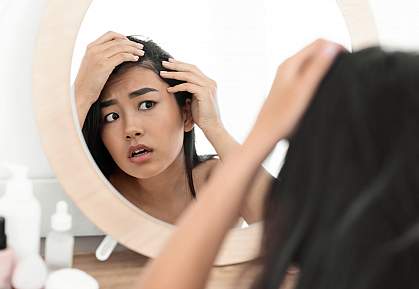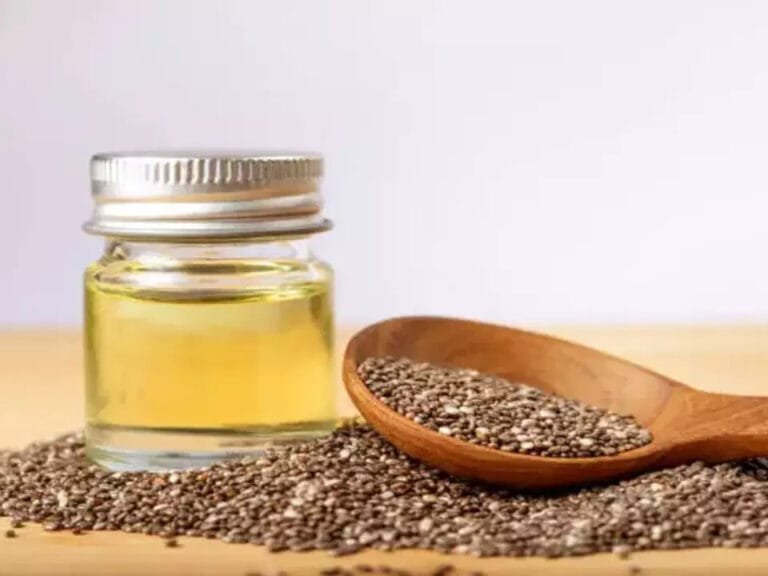PRP Hair Therapy: A Non-Surgical Option for Thicker Hair
Thinning hair and receding hairlines can affect individuals of all ages and genders, leading many to seek solutions that restore both volume and confidence. Dr. Steven Davis, a board-certified plastic surgeon at Davis Hair Restoration, has seen firsthand how modern techniques like PRP Hair Therapy can address these concerns without the downtime associated with surgery. If you’re looking for a non-invasive approach to achieving fuller hair, read on to learn more about the benefits and process behind this innovative treatment.

Understanding PRP Hair Therapy
PRP Hair Therapy stands for Platelet-Rich Plasma Hair Therapy, a procedure in which a patient’s own blood platelets are used to stimulate hair follicles. After drawing a small amount of blood, the platelets are isolated using a centrifuge. These concentrated platelets, rich in growth factors, are then injected into the areas of the scalp showing signs of hair thinning or loss. The goal is to boost cellular activity in the follicles, thereby potentially improving both hair thickness and density over time.
According to Dr. Davis, this therapy hinges on the natural healing properties of the body. The plasma portion of your blood is full of platelets, which release growth factors that can support tissue repair. By channeling this regenerative capability directly into the scalp, PRP Hair Therapy aims to create an environment where existing hair follicles are encouraged to produce thicker, healthier strands.
Why Choose PRP Hair Therapy?
One of the most compelling reasons patients turn to PRP Hair Therapy is that it’s minimally invasive and involves virtually no downtime. While surgical options like hair transplantation may be more suitable for advanced hair loss, many people with mild to moderate thinning prefer a less intensive approach. Dr. Davis notes that patients often report returning to their normal activities the same or next day, making it an attractive choice for those with busy schedules.
Additionally, because the procedure uses a patient’s own platelets, the risk of an adverse reaction is very low. PRP injections do not introduce any foreign materials into the body, which can be reassuring to those concerned about potential allergic responses.
What to Expect During the Procedure
The first step is a consultation with a hair restoration specialist to determine if PRP injections are the right option. During this visit, the scalp will be assessed to confirm that the hair loss pattern may respond well to platelet-rich plasma.
On the day of the procedure, a small amount of blood is drawn—similar to a routine lab test. This sample is then placed in a centrifuge, which spins the blood at high speeds to separate the platelet-rich plasma from other components. Once isolated, the plasma is carefully injected into targeted areas of the scalp.
Dr. Davis emphasizes that most patients only experience minimal discomfort during these injections. The entire session typically lasts about an hour, depending on the size of the treatment area, and many people return to work or daily activities right afterward.
Results and Maintenance
While everyone’s response can vary, many patients start noticing improvements in hair thickness and volume within a few months. Dr. Davis points out that PRP Hair Therapy often involves multiple sessions spaced several weeks apart, allowing the growth factors to continually support the follicles.
It’s essential to keep in mind that consistency is key. For some, the initial improvements in hair quality may prompt additional follow-up treatments for optimal maintenance. Combining PRP sessions with a healthy lifestyle—proper nutrition, stress management, and limited use of damaging hair products—can further enhance results.
Who Is a Good Candidate?
Ideal candidates for PRP Hair Therapy are typically those in the early stages of hair thinning or those looking to bolster the effects of other hair restoration methods. Because PRP relies on existing follicles, individuals with complete hair loss in large areas might find surgical solutions more appropriate. A professional consultation is the best way to determine which treatment aligns with your specific needs.
Combining PRP with Other Treatments
In some cases, PRP can be combined with other hair restoration techniques, such as specialized shampoos, medications, or even surgical transplants. Dr. Davis sometimes recommends a dual-approach to maximize hair density. Since PRP is minimally invasive, it usually integrates seamlessly into an overall treatment plan without adding excessive downtime.
Take the Next Step with Davis Hair Restoration
If you’re interested in a non-surgical approach to improve hair thickness and overall scalp health, consider exploring PRP Hair Therapy. Dr. Steven Davis and the team at Davis Hair Restoration can provide a personalized assessment to determine if this cutting-edge treatment is the right fit for your hair goals. Contact us today to learn more about how PRP might help you achieve a fuller, healthier head of hair.






